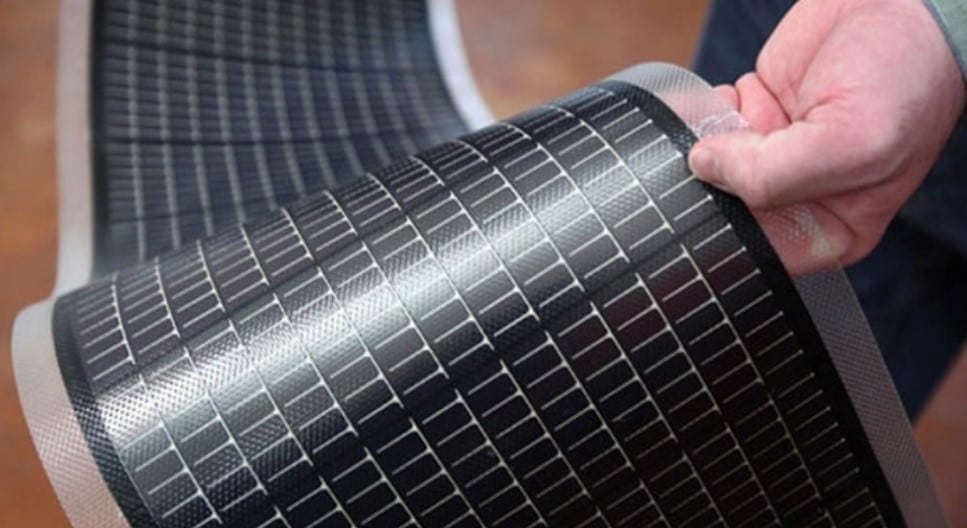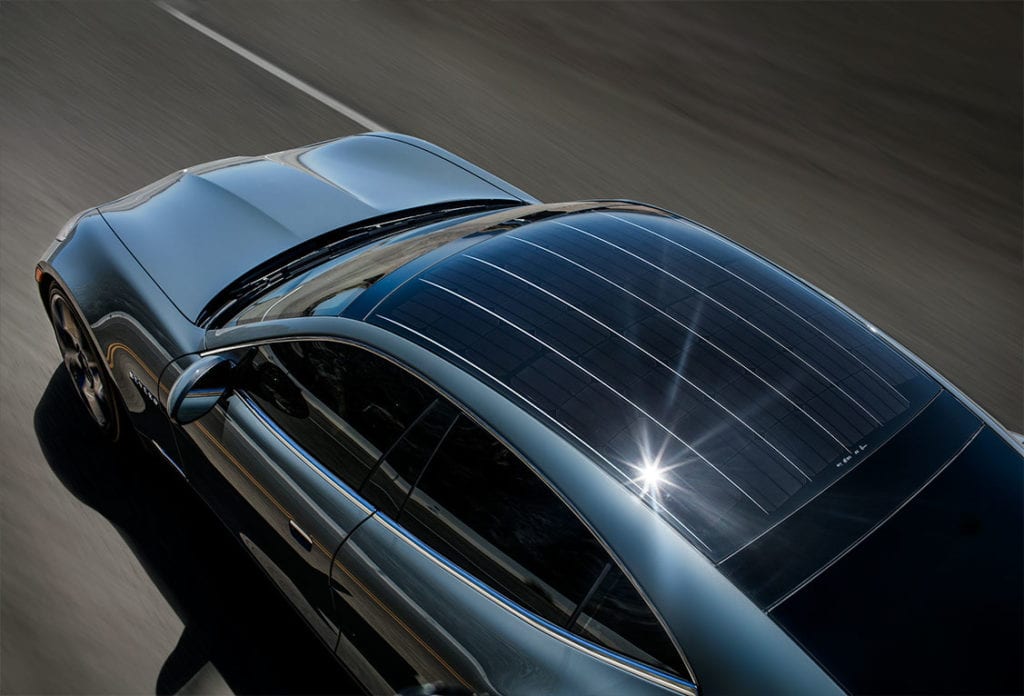As the world grapples with the pressing need for sustainable energy solutions, traditional rigid solar panels often face limitations in terms of installation flexibility, portability, and adaptability to unique surfaces or environments. Flexible solar panels have emerged as a game-changing technology, offering a versatile and innovative approach to harnessing solar energy. These lightweight, bendable panels can conform to curved surfaces, integrate seamlessly into various structures, and provide portable power solutions for off-grid applications.
The Evolution of Flexible Solar Panel Technology
To fully appreciate the potential of flexible solar panels, it’s essential to understand the underlying technology that makes them possible and the advancements that have propelled their development.
Thin-Film Solar Cells: The Foundation of Flexibility

At the heart of flexible solar panels lies thin-film solar cell technology. Unlike traditional crystalline silicon solar cells, which are rigid and brittle, thin-film cells are made from materials such as amorphous silicon (a-Si), cadmium telluride (CdTe), or copper indium gallium selenide (CIGS). These materials can be deposited in ultra-thin layers onto flexible substrates like plastic or metal foil, enabling the creation of lightweight and bendable solar panels.
Advancements in Materials Science
Recent breakthroughs in materials science have further enhanced the capabilities of flexible solar panels, pushing the boundaries of efficiency and durability.
Perovskite Solar Cells: Made from a hybrid organic-inorganic material, perovskite solar cells have demonstrated high efficiency and flexibility, making them a promising candidate for next-generation flexible panels.
Graphene: This one-atom-thick layer of carbon has been used to create ultra-thin, transparent, and highly conductive electrodes for flexible solar cells, improving their performance and durability.
Organic Photovoltaic Cells (OPVs): OPVs, which use carbon-based materials instead of silicon, have the potential to be more cost-effective and environmentally friendly than traditional solar cells.
Innovative Applications of Flexible Solar Panels
The unique properties of flexible solar panels have opened up a world of possibilities for innovative applications across various industries and sectors, pushing the boundaries of solar energy utilization.
Building-Integrated Photovoltaics (BIPV)
One of the most promising applications of flexible solar panels is in the field of building-integrated photovoltaics (BIPV). By seamlessly integrating solar cells into building materials such as roofing, facades, and windows, architects and developers can transform structures into active energy-generating systems.
Flexible solar panels are particularly well-suited for BIPV applications due to their adaptability to various building shapes and surfaces, lightweight nature, and aesthetic versatility, with options for different colors, patterns, and transparency levels.
Real-world examples of BIPV projects utilizing flexible solar panels include the Copenhagen International School, featuring a dynamic solar facade made of 12,000 individually angled panels, and the Student Experience International building in Amsterdam, with over 3,000 square meters of flexible solar panels covering the entire building envelope.
Transportation and Mobility
Flexible solar panels are also making significant strides in the transportation sector, providing a sustainable and efficient way to power vehicles and mobile devices.
Electric Vehicles: Integrating flexible solar cells into the roofs, hoods, and other surfaces of electric vehicles can extend their driving range and reduce reliance on charging infrastructure.
Recreational Vehicles (RVs) and Boats: Flexible panels can easily conform to the curved roofs of RVs and boats, providing a low-profile and aerodynamic solution for on-the-go power generation.
Wearable Technology: Thin, flexible solar cells can be embedded into clothing, backpacks, and other wearable items, allowing users to charge their devices while on the move.
Agricultural and Remote Applications
Flexible solar panels are also finding innovative uses in agricultural and remote settings, where access to traditional power sources may be limited.
Irrigation Systems: Flexible panels can be used to power remote irrigation systems, reducing the need for expensive and environmentally harmful diesel generators.
Livestock Monitoring: Solar-powered sensors and tracking devices can be easily attached to livestock using flexible panels, enabling farmers to monitor their animals’ health and location in real-time.
Off-Grid Lighting: In remote areas without access to the electrical grid, flexible solar panels can provide a reliable source of power for lighting, communication, and other essential needs.
Maximizing Efficiency and Performance
While flexible solar panels offer numerous benefits in terms of adaptability and versatility, maximizing their efficiency and performance is crucial for ensuring optimal energy generation.
Advanced Materials and Technologies
Ongoing research and development in the field of solar cell materials and technologies play a vital role in improving the efficiency and performance of flexible solar panels. From novel materials like perovskites and organic photovoltaics to advanced manufacturing techniques like roll-to-roll printing, these innovations are pushing the boundaries of what’s possible with flexible solar technology.
By leveraging these cutting-edge advancements, manufacturers can create flexible solar panels with higher efficiencies, improved durability, and enhanced overall performance. This not only leads to more effective energy generation but also makes flexible solar panels a more attractive and cost-effective option for a wider range of applications.
Optimal Orientation and Tracking
Proper orientation and tracking of flexible solar panels can significantly enhance their energy output by ensuring they receive maximum exposure to sunlight throughout the day. By using smart tracking systems that automatically adjust the angle and position of the panels based on the sun’s movement, flexible solar installations can optimize their energy capture and improve overall efficiency.
Efficient Energy Storage and Management
To fully harness the potential of flexible solar panels, it’s essential to pair them with efficient energy storage and management systems. By storing excess energy generated during peak sunlight hours, these systems can ensure a steady supply of power even when the sun isn’t shining.
Advanced battery technologies, such as lithium-ion and flow batteries, offer high energy density, long cycle life, and rapid charging capabilities, making them well-suited for use with flexible solar panels. Smart energy management systems can further optimize the storage and distribution of solar-generated electricity, ensuring that energy is used efficiently and effectively across various applications.
Future Trends and Potential Advancements
As flexible solar panel technology continues to evolve, there are several exciting trends and potential advancements on the horizon that could further revolutionize the way we harness solar energy.
Increased Durability and Longevity
One of the key challenges facing flexible solar panels is their durability and longevity compared to traditional rigid panels. However, ongoing research and development efforts are focused on improving the stability and resilience of flexible solar cells, with the aim of extending their lifespan and making them more competitive with their rigid counterparts.
From advanced encapsulation techniques to the use of more robust materials, these advancements are expected to significantly enhance the durability of flexible solar panels, making them suitable for a wider range of applications and environments.
Integration with Energy Storage
The integration of flexible solar panels with advanced energy storage solutions is another promising trend that could greatly enhance the versatility and reliability of solar-powered systems. By combining flexible solar cells with flexible batteries or supercapacitors, researchers are working towards the development of self-sufficient, all-in-one energy solutions that can be easily deployed in a variety of settings.

These integrated systems could revolutionize the way we power remote locations, wearable devices, and even electric vehicles, providing a seamless and efficient means of generating and storing clean energy on the go.
Sustainable Manufacturing and Recycling
As the demand for flexible solar panels grows, so does the need for sustainable manufacturing processes and effective recycling methods. Researchers and manufacturers are actively exploring eco-friendly production techniques, such as using more abundant and less toxic materials, to minimize the environmental impact of flexible solar panel production.
Additionally, developing efficient end-of-life recycling processes for flexible solar panels will be crucial in ensuring a circular economy and reducing waste. By addressing these challenges, the flexible solar panel industry can contribute to a more sustainable future while meeting the growing demand for renewable energy solutions.
Conclusion
Flexible solar panels represent a game-changing technology in the quest to maximize solar energy efficiency and unlock the full potential of renewable power. With their unique properties, such as lightweight design, adaptability to various surfaces, and potential for seamless integration, flexible panels are opening up new frontiers in the application of solar energy.
From building-integrated photovoltaics and transportation to agriculture and remote power generation, the innovative uses of flexible solar panels are vast and growing. As research and development efforts continue to push the boundaries of efficiency, durability, and cost-effectiveness, the future of flexible solar technology looks brighter than ever.
By embracing the power and versatility of flexible solar panels, we can accelerate the transition to a clean energy future, reduce our carbon footprint, and create a more sustainable world for generations to come. The time to act is now – let us harness the limitless potential of the sun and pave the way for a brighter, greener tomorrow.